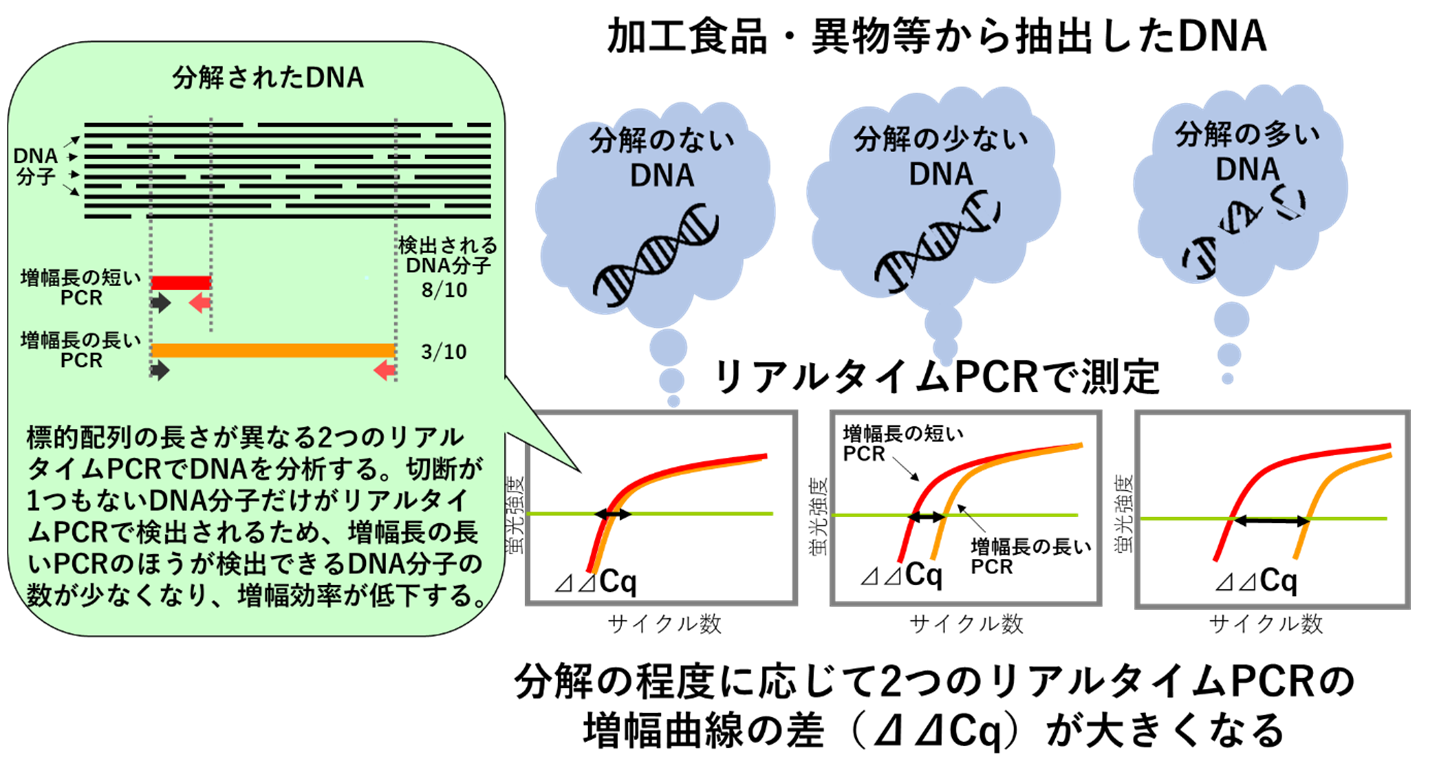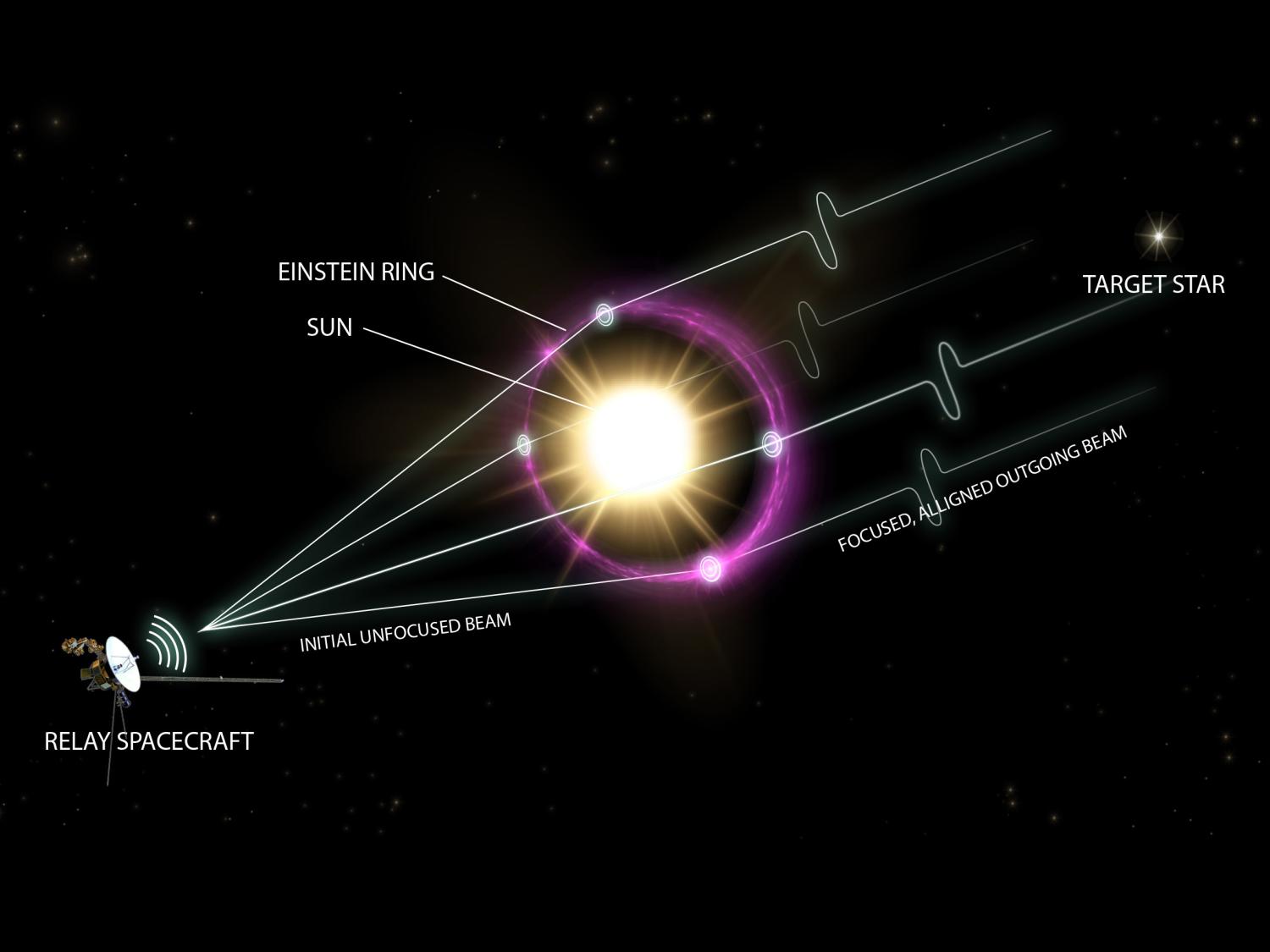2022-07-05 オーストラリア連邦研究会議(ARC)
しかし、長期耐久性の問題や、製造工程におけるいくつかのハードルが、この刺激的な材料がシリコンを追い越すのを阻んできた。
しかし今回、オーストラリアの国立科学機関CSIROと共同で、ARC Exciton Science Centre of Excellenceの研究者が、酸化スズナノ粒子インクを用いて、これらの課題に対する答えを見つけた可能性がある。
<関連情報>
- https://excitonscience.com/news/low-temperature-nanoparticle-ink-printing-new-chapter-solar-energy
- https://pubs.acs.org/doi/pdf/10.1021/acs.chemmater.2c00578
Non-Aqueous One-Pot SnO2 Nanoparticle Inks and Their Use in Printable Perovskite Solar Cells
T. A. Nirmal Peiris, Hasitha C. Weerasinghe, Manoj Sharma, Jueng-Eun Kim, Monika Michalska, Naresh Chandrasekaran, Dimuthu C. Senevirathna, Hanchen Li, Anthony S. R. Chesman, Doojin Vak, and Jacek J. Jasieniak
Chemistry of Materials Published:June 16, 2022
DOI:https://doi.org/10.1021/acs.chemmater.2c00578

Abstract
Metal halide perovskite materials are promising candidates for printable solar cells due to their feasibility for achieving high device efficiency at a low processing temperature. One of the key challenges in printed perovskite solar cell (PSC) research is to develop low-temperature-processable charge-transporting layers for both electron and hole-transporting materials, which can be used within large-scale roll-to-roll (R2R) printing techniques. Colloidal links allow for facile deposition, provided that the size of the nanoparticles (NPs) is controlled to less than a few tens of nanometres (ideally < 20 nm); they can be deposited as uniform films and can be processed at low temperatures (typically < 140 °C). Here, we report a facile and scalable route for the synthesis of SnO2 NP dispersions using a microwave-assisted “benzyl alcohol” approach that is compatible with all of these R2R printing requirements. The method enables crystalline SnO2 NPs to be synthesized with a controlled average particle size (∼6.5 nm) and be used directly as an ink without any post-synthesis purification (i.e., one-pot synthesis). The use of these SnO2 NPs has been explored as an electron transport layer (ETL) within planar PSCs using spin-coating and thermal processing at 140 °C for 2 min, yielding devices with over 18% photo-conversion efficiency. Comparable devices were also fabricated using slot die-coated SnO2 on glass substrates and R2R-coated SnO2 on plastic substrates, yielding efficiencies of 15.3 and 10.4%, respectively. Our results demonstrate the suitability of the developed SnO2 ink to be used for the deposition of ETLs in optoelectronic devices by industrial-scale R2R printing processes.



